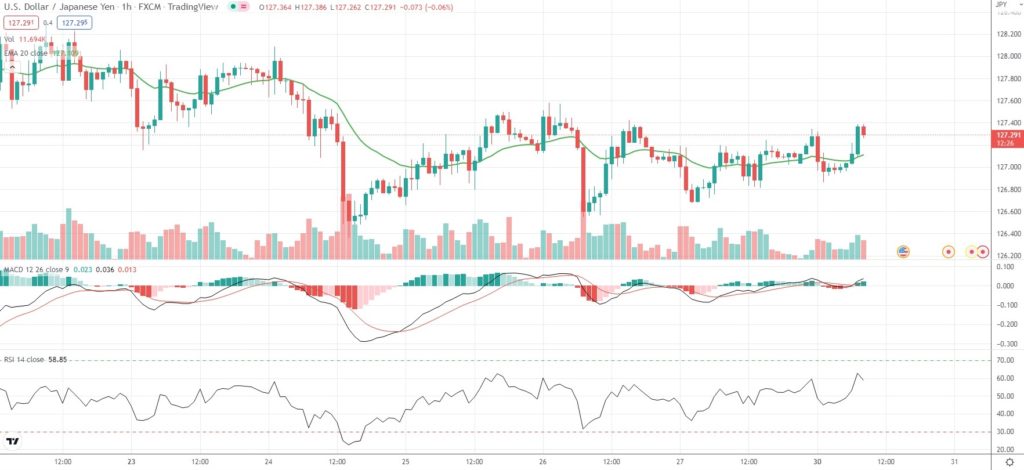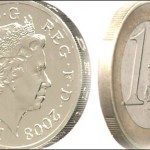Having slipped to a one-month trough last week, USD/JPY remained relatively stable just above the 127.00 mark on Monday, as investors have scaled back bets that US monetary policy tightening will trigger more dollar gains, while global recession concerns have eased a bit.
US stock and bond markets will remain closed on Monday for the Memorial Day public holiday.
The US Dollar Index was 0.12% weaker at 101.518 during early European session on Monday, after scaling a two-decade peak of 105.010 earlier this month.
“The U.S. dollar can fall further this week. Were it not for China’s lockdown, the global outlook would be brighter, and the dollar lower,” Joe Capurso, head of international economics at the Commonwealth Bank of Australia was quoted as saying by Reuters.
Meanwhile, Bank of Japan Governor Haruhiko Kuroda pledged on Monday to continue with massive monetary easing to support economic recovery from the pandemic’s negative effects and shrugged off any suggestion the central bank would move away from its stimulus policy.
The BoJ Governor said the Japanese Yen was regaining stability following a steep decline against the US Dollar earlier in May, while adding the current situation was due to a pullback in the US currency.
Some critics blamed the Yen’s rapid weakening on the BoJ’s ultra accommodative policy stance at a time when the Federal Reserve was raising interest rates, driving US Dollar’s gains.
Still, BoJ’s Kuroda said the bank’s monetary policy was likely not the factor behind a rapid yen weakening.
The recent depreciation of the national currency “may have been driven by an abnormal situation where oil prices topped $130 per barrel,” Kuroda told parliament.
Japan’s annual core consumer price inflation, excluding fresh food but including oil products, stood at 2.1% in April, or the highest rate in 7 years. According to Kuroda, a quarter of the gain was a result of the weak Yen and the remainder was driven by higher dollar-denominated global commodity prices.
Kuroda also noted that Japan’s core CPI inflation would remain near 2% during the next 12 months, but the rate of increase would decelerate in the next fiscal year.
As of 8:46 GMT on Monday USD/JPY was edging up 0.14% to trade at 127.273. Last week the major Forex pair slipped as low as 126.36, which has been its weakest level since April 18th (126.24).
USD/JPY has retreated 1.98% so far in May, following a 6.74% gain in April.
Daily Pivot Levels (traditional method of calculation)
Central Pivot – 127.01
R1 – 127.34
R2 – 127.59
R3 – 127.92
R4 – 128.25
S1 – 126.76
S2 – 126.43
S3 – 126.18
S4 – 125.94






